Lesson Title: Discover Your Unique Fingerprint
Grade Level: 6th-7th grade
Estimated Time: 30 minutes
Lesson Description: This activity will teach students about one way crime scene investigators can identify people using physical characteristics. Students will learn the importance of collecting and analyzing fingerprints in crime scene investigations and will learn how computers are able to identify people using only a person's fingerprint.
Students will place their fingerprint on an uninflated balloon, then inflate the balloon to see their fingerprint on a larger scale. Using the images collected on the balloon, students will be asked to label their own fingerprint using general classification methodology developed in the 1800's as an arch, loop or whorl. Students will then identify more specific details called minutiae in their fingerprints. Using the information students collect from their own fingerprints, units will discuss the differences between their fingerprints.
Lesson Objectives:
The students will gain experience with fingerprint recognition and analysis, as well as labeling methodology.
a. Audience: Students will be responsible for labeling their fingerprint sample using methodologies taught at the beginning of the activity.
b. Behavior: Using their newly acquired skills, students will have the opportunity to analyze and label a sample of their fingerprint.
c. Condition: This should be considered an individual activity, encouraging each student to identify minutiae in his/her own fingerprint sample. After the initial activity, students will form small groups to compare their fingerprints.
d. Degree: Student performance in this activity will be evaluated by each student's ability to identify and label their fingerprint sample in the time allocated. Evaluation can also include a camper's ability to compare their fingerprint to other team members.
Lesson Procedure:
1) Activity Set-up: The room can be set-up in either classroom style or in multiple groups of desks so thatstudents can easily work together at the end of the activity.
2) Lesson Introduction: Use the following script to introduce this activity to students and to set context for this activity as it relates to the day's mission. This introduction should occur prior to allowing students to take a sample of their own fingerprint:
a) Fingerprints are important for several reasons. Even though we can't always see them, fingerprints are left behind whenever we touch something.
b) Fingerprints are useful for identifying individuals. Did you know that even identical twins do not have the same fingerprints? In order to compare a large number of fingerprints scientists label fingerprint patterns as an arch, loop, or whorl.
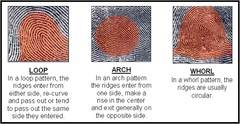
c) Besides the basic labels of arch, loop, or whorl, there are small details, called minutiae that we can use to compare fingerprints.
Note where ridges cross over or end. Sometimes a ridge will split, which is called a bifurcation. You may be able to compare the valleys between the ridges; a delta is a 3-way valley. Also, the little dots visible on your fingerprint are sweat pores!
d) Keep in mind when we compare fingerprints we won't always get an exact match. This is because we touch things with the tips or sides of our fingers so we may need to rotate the prints in order to compare them.
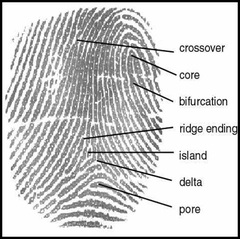
e) Now that you have fingerprint analysis and labeling knowledge, let's get started!
Lesson Closure:
The following script can be used to draw ideas together for the students.
a) Now that you have analyzed your fingerprint and compared your fingerprint with other students, do you have a better understanding of forensic science and how it can be used in crime scene investigations?
b) What are the 3 patterns used for fingerprint classification?
c) What are some of the reasons fingerprints are important in investigations?
d) Can fingerprints ever be identical?
Assessment/Evaluation:
Student performance during this activity can be assessed by the accuracy of their fingerprint classification and specific minutiae identified within the allotted timeframe. Students can also be evaluated by their ability to work in small groups and compare their fingerprint to other team members.

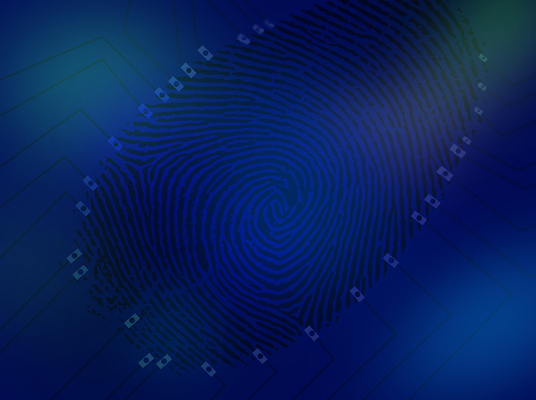

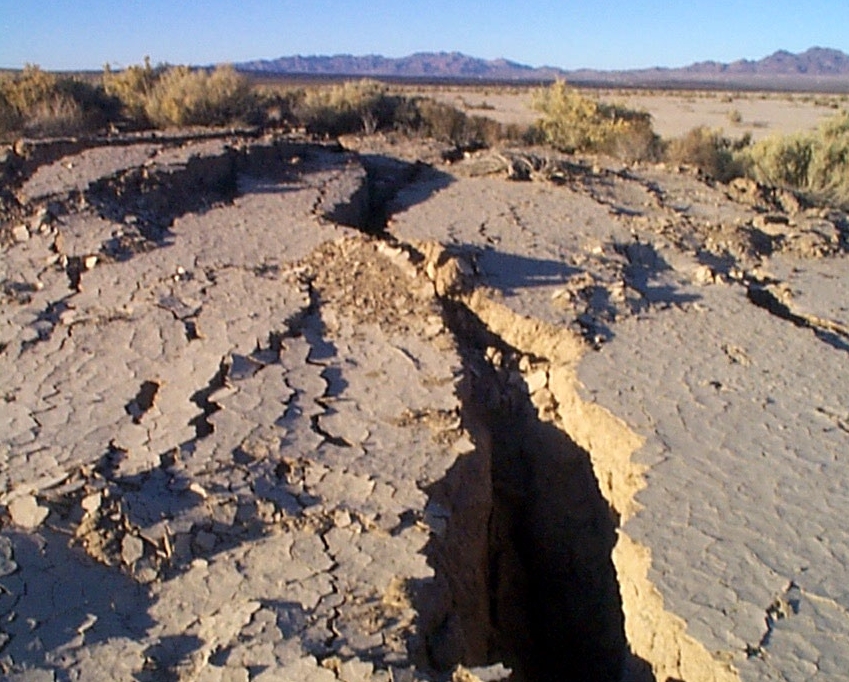
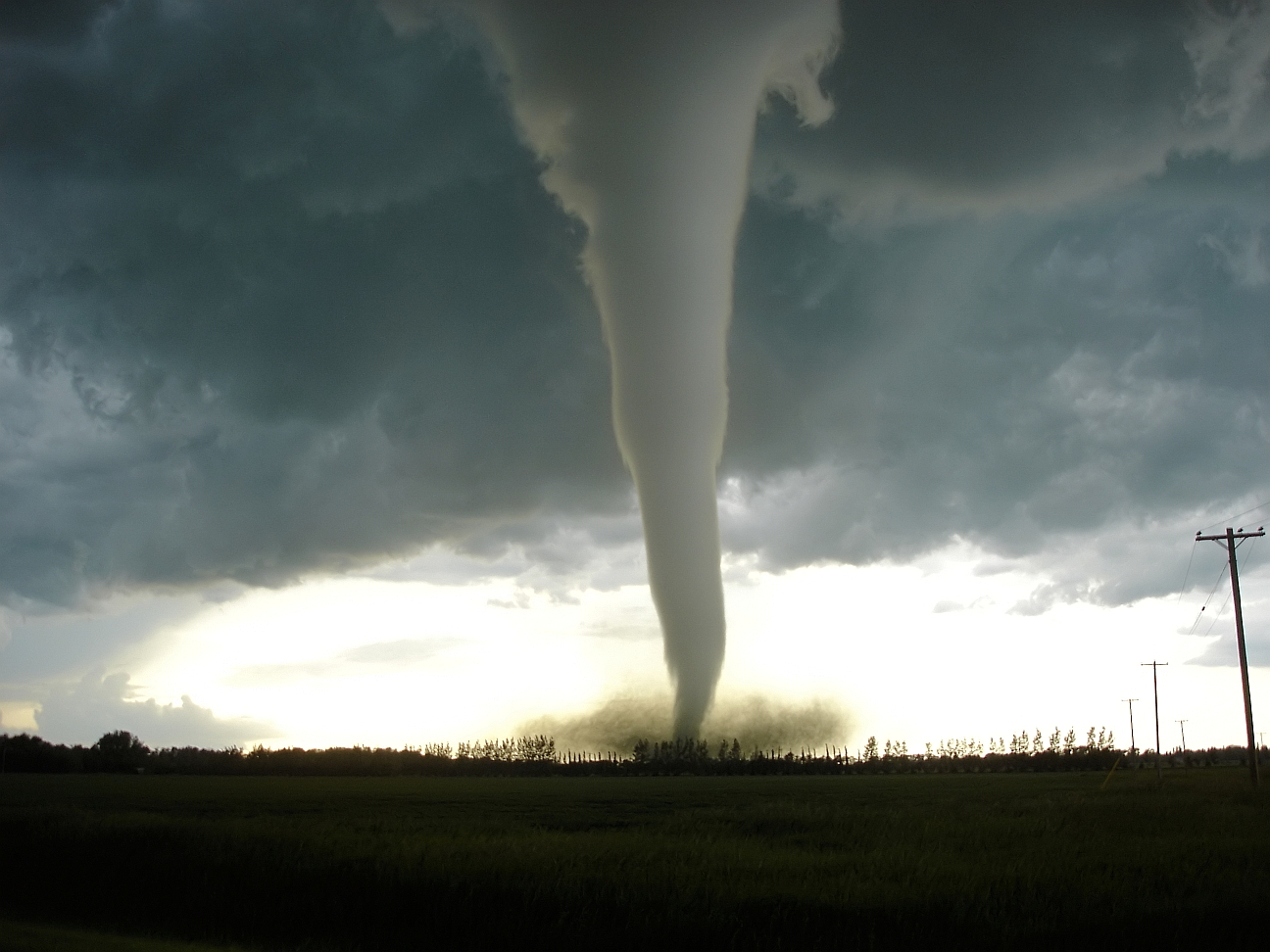
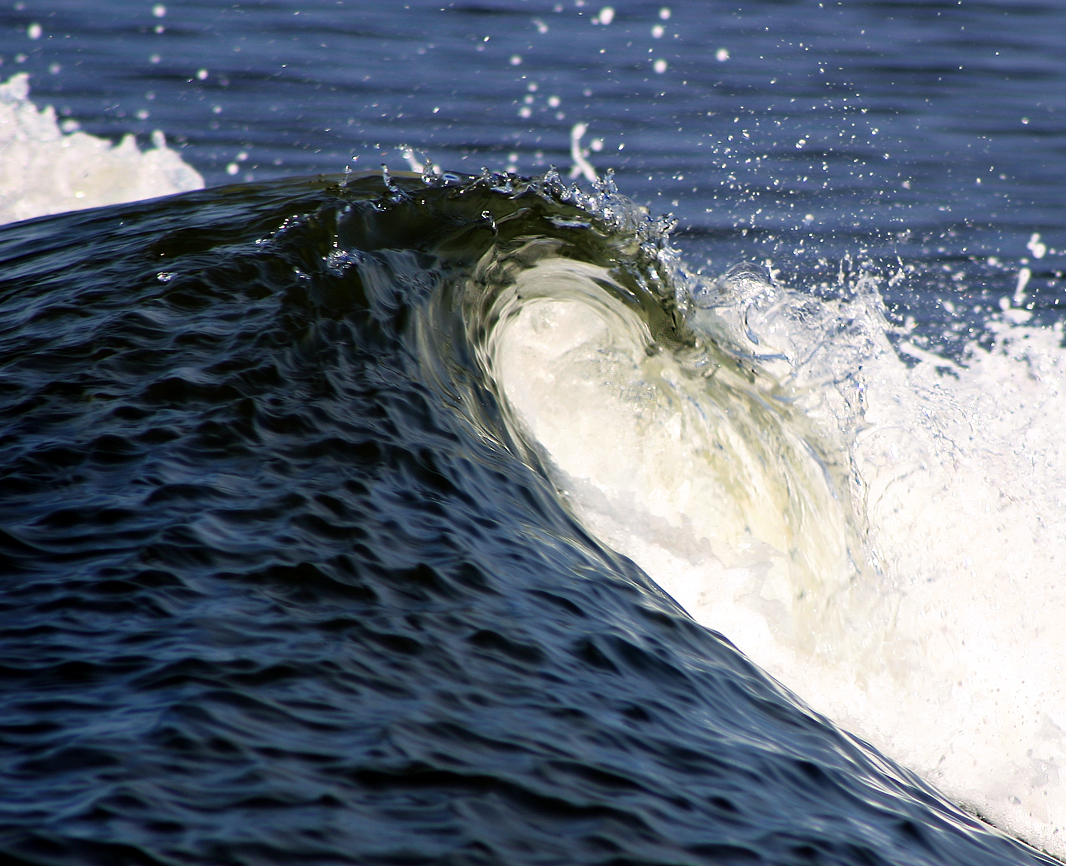


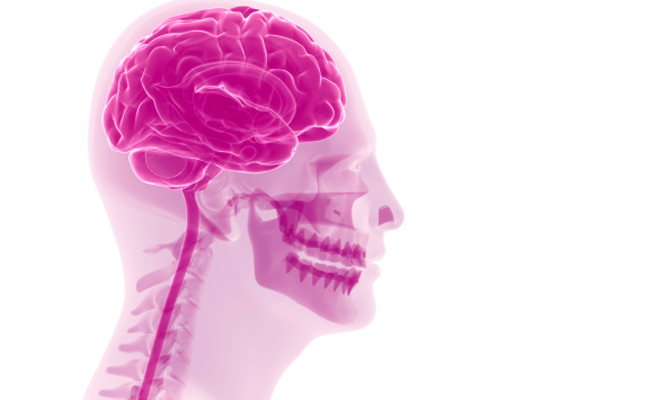



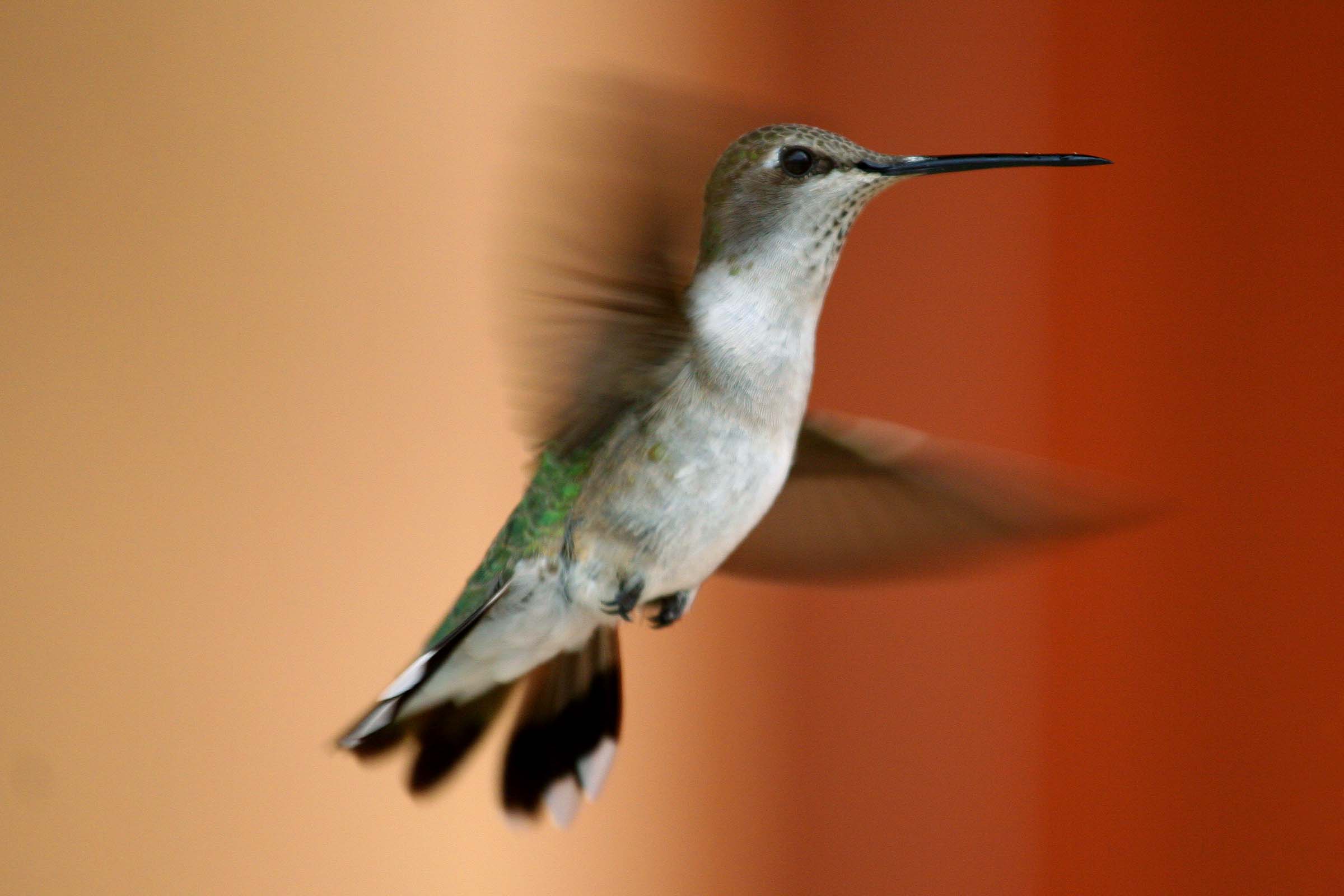
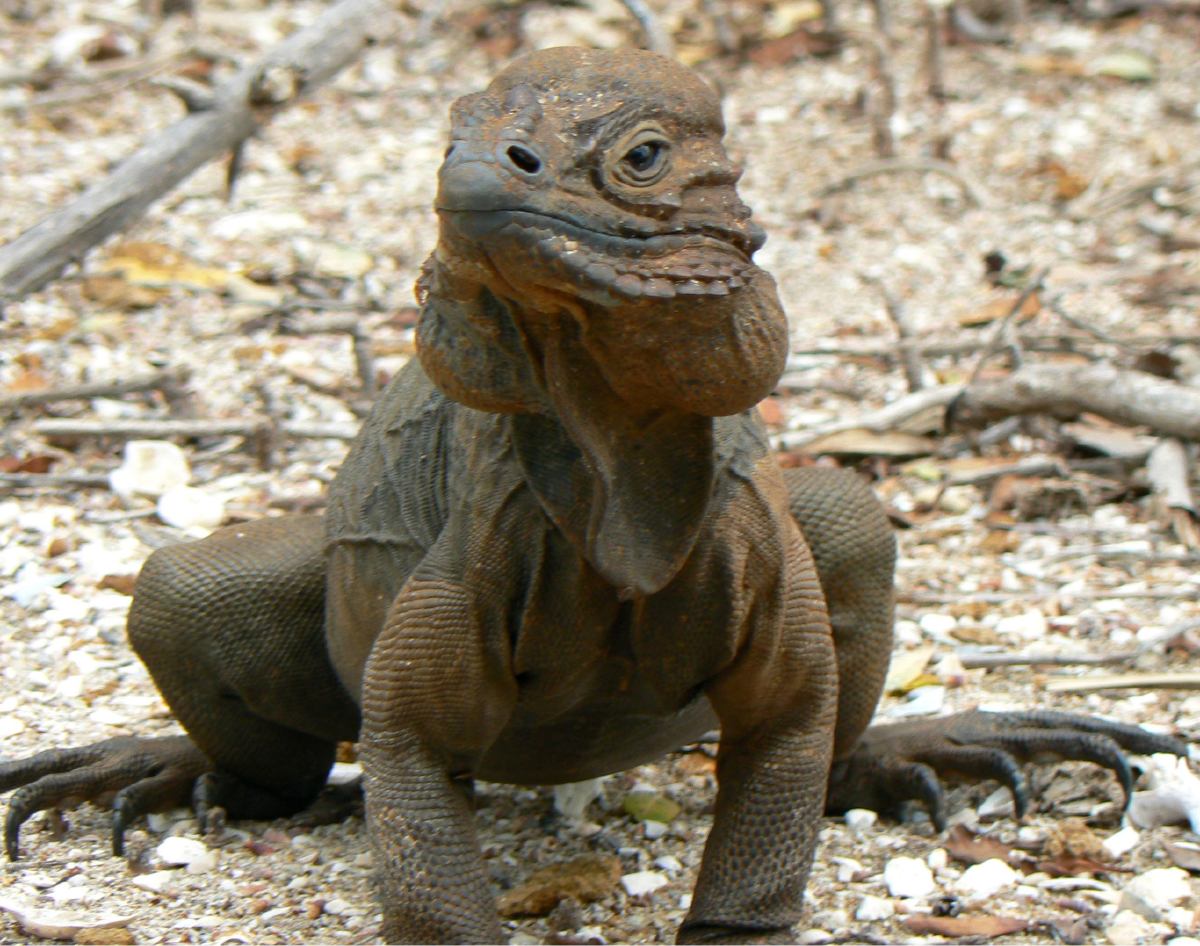
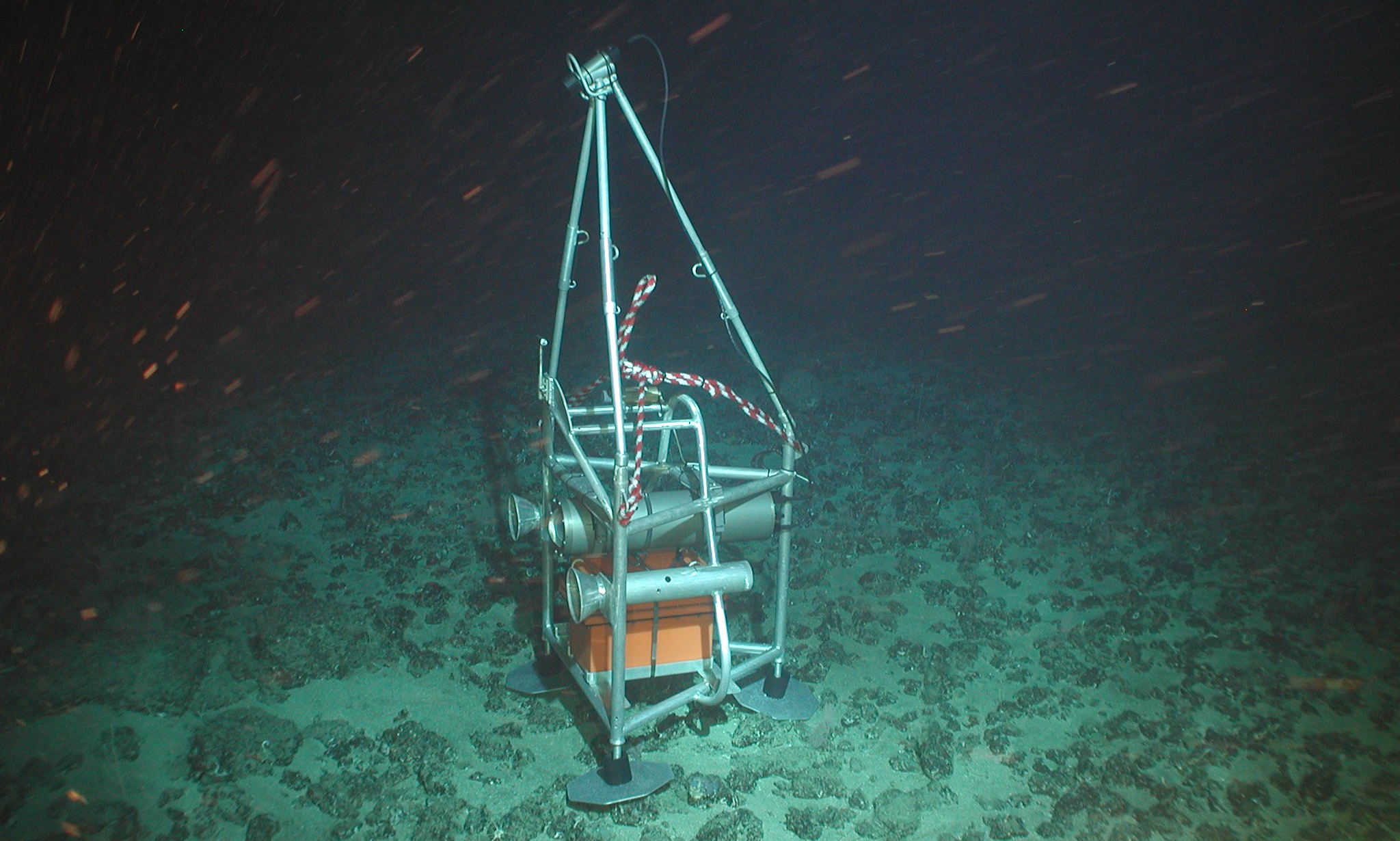
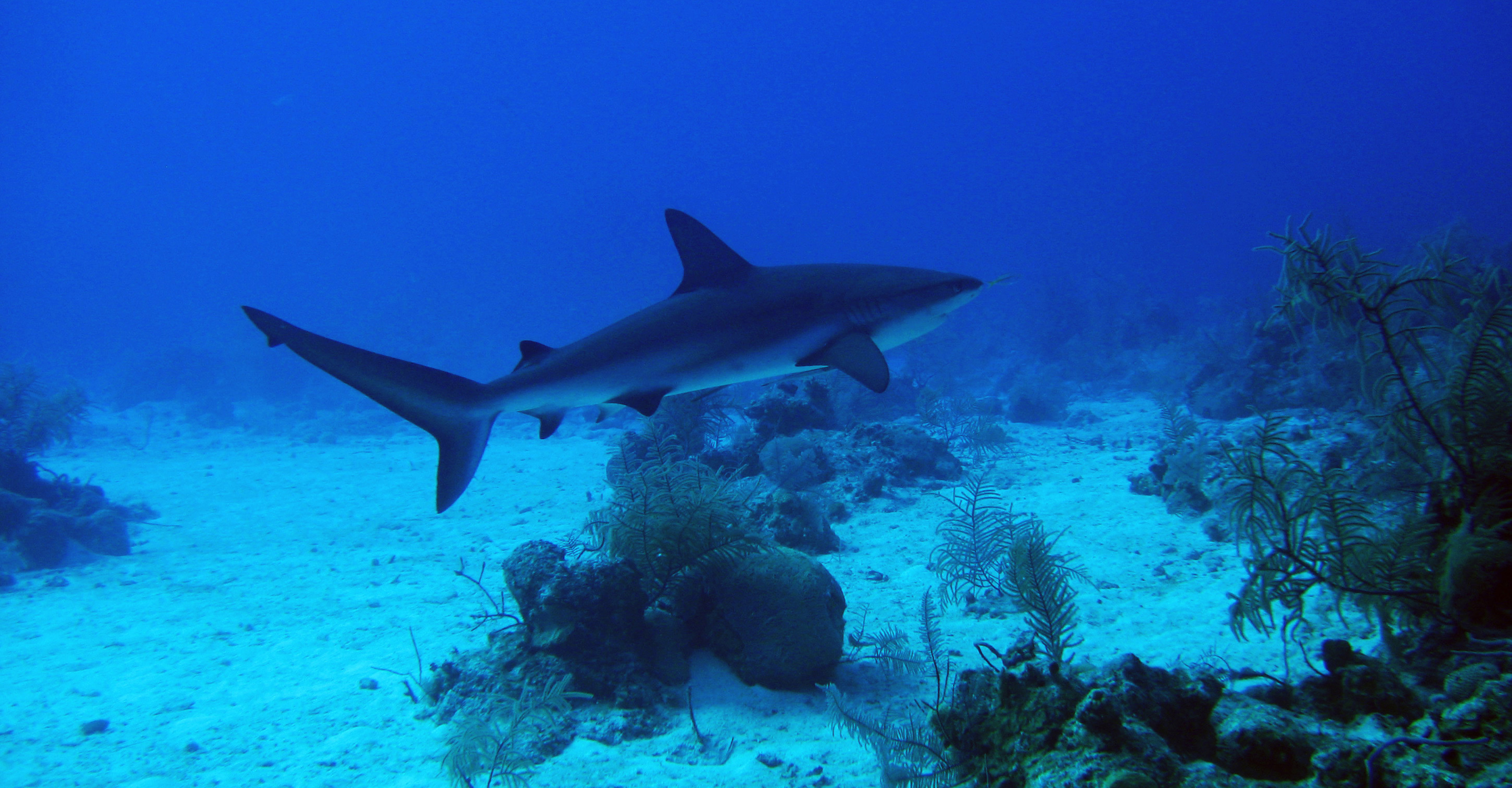
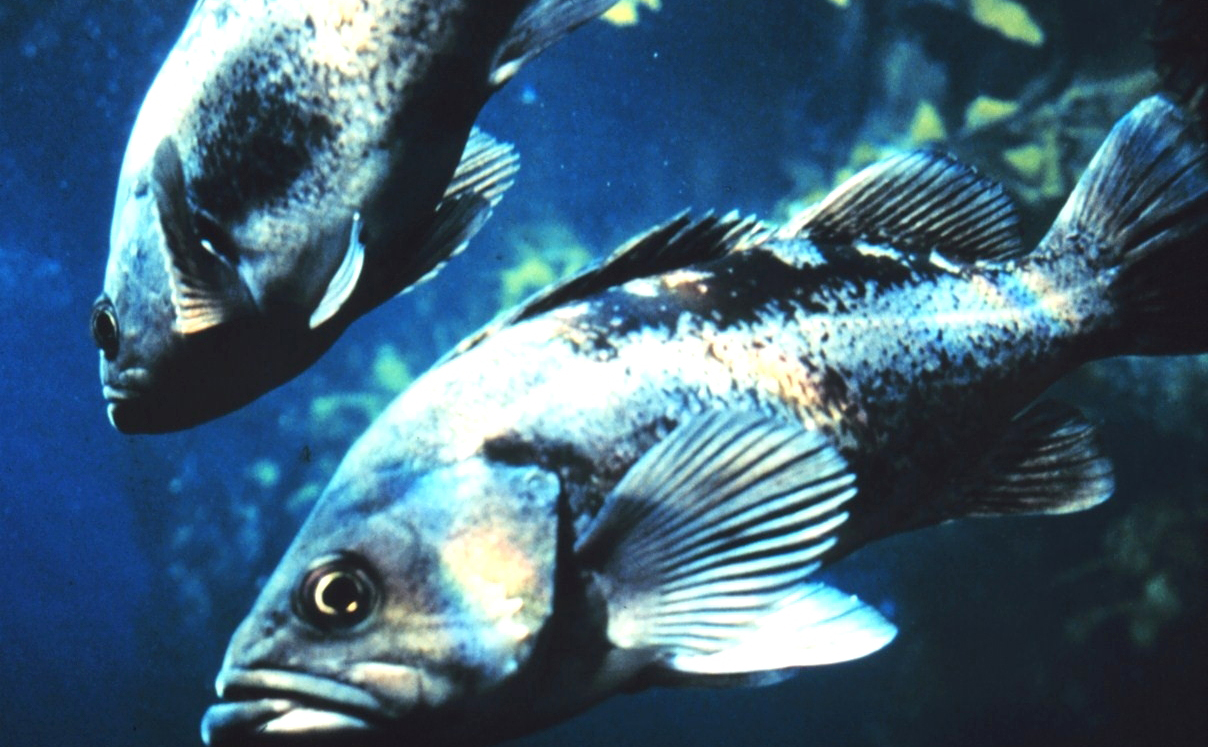

What other people said
Average Rating (0)
Log in or Join now to rate this activity!